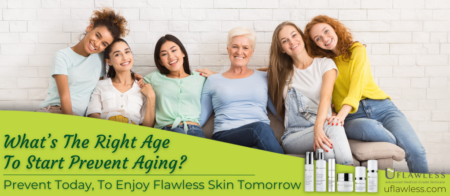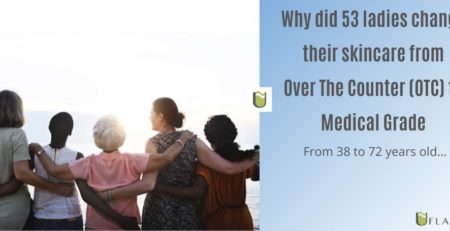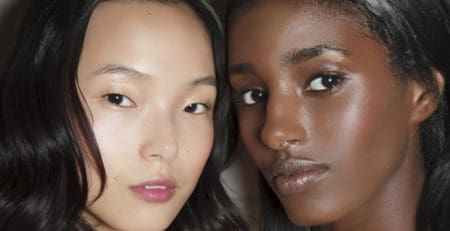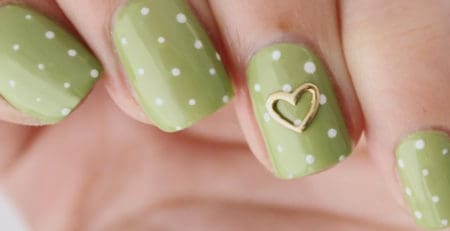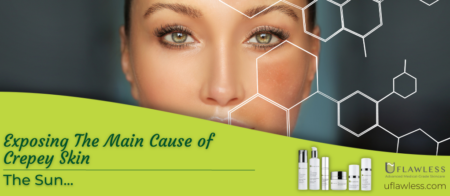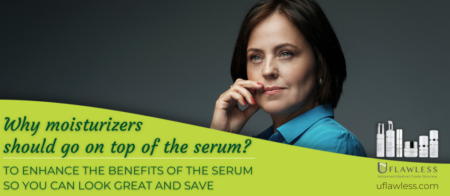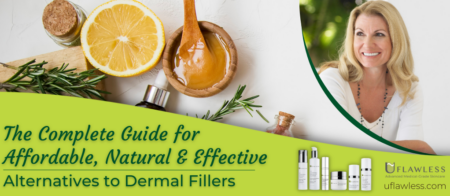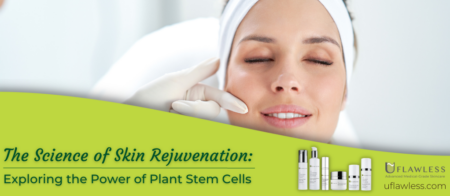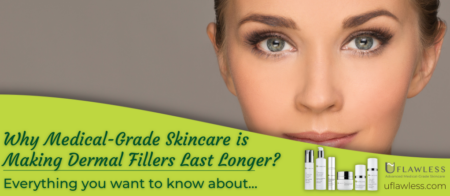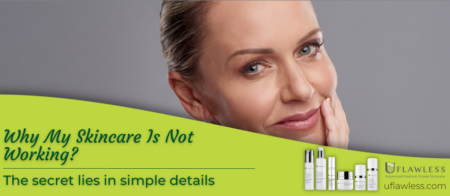What Is The Difference Between Melasma, Hyperpigmentation, and Seborrheic Keratoses? And Best Treatment?
Even though they are related to the same topic, such as discoloration of the skin, there are some basic differences between Melasma, Hyperpigmentation, and Seborrheic Keratoses
Melasma is a discoloration on the skin, it’s a masklike stain that looks like a faint shadow on the skin. Sometimes it affects the upper lip, creating the appearance of a mustache of dark pigment.
Usually triggered by excessive exposure to sunlight, associated with variances of hormone levels. That’s why is common to see melasma, on women during pregnancy, hormone replacement or even taking oral contraceptives.
The common treatment for melasma is pretty much the same as age-spots. Careful though, if the cause of Melasma is originated from oral contraceptives and/or Hormone Replacement Therapy (HRT). It won’t get better until the treatment (HRT or oral contraceptive) have been addressed by your doctor.
One thing is for sure, do not use Hydroquinone to treat melasma while pregnancy. The most advisable thing to do is a strong sunscreen with micronized zinc oxide. Which by the way is one of the three most important ingredients to block UVA harmful rays.
What is Hyperpigmentation Then?
Hyperpigmentation is more associated, with already established undesirable issues, such as breakouts, psoriasis, mosquito bites, kitchen burn, exposed to sunlight.
There’s an important genetic component in hyperpigmentation, especially on those with Mediterranean, Middle-East or African heritage.
Usually, what happens, on a kitchen burn, first it gets red and after some days, it turns into brown. If no care is taken, that can turn into an undesirable stubborn stain.
And usually the earliest, we address the treatment, meaning in the redness stage, the easiest to make it not turn into a brown spot.
And Now Let’s Talk About Seborrheic Keratoses
These are like brown spots. Looking like patches of darker pigment, but in fact, they are non-cancerous, which grows on the skin. Hereditary, meaning that there’s not much to do, besides preventing sun exposure.
Important to point out that there is one particular variety of seborrheic keratosis is nearly flat; it can be reduced, or almost eliminated. Using a combination with a good pure Glycolic Acid Formulation, such as X3 Revitalizing Stem-Cells Serum, made with 10% Pure Glycolic Acid.
Otherwise stronger treatment needed, like laser removal, by the hands of a dermatologist.
What are the best Treatments For Melasma, Hyperpigmentation, and Seborrheic Keratoses?
Treating long-lasting age spots and other discolorations can feel like trying to lose those last stubborn 10 pounds.
A good way to measure progress, in terms of the treatment you’re using is working, is to take some pictures on the starting date. From different angles. Another set of pictures would be good after a week and again after two weeks.
A cocktail of the X3 Revitalizing Stem-Cells Serum and X3 Clarifying Glycolic Toner. Why? Simply because it’s the perfect combination of Vitamin-C in Medical-Grade purity levels of 3%. Also Lilac Stem Cells, and Marine Extracts, which are quickly absorbed in the deep levels of the skin, creating brightening booster to the skin.
It also activates the production of Hyaluronic Acid, Collagen, and Elastin. Delivering a youthful lifted appearance in just a few days of usage.
Using the X3 Clarifying Glycolic Toner will put an extra treatment, especially using at night time, when the skin is in better absorption mode.
Check the evolution after one week. Our clinical studies show that 83% of people, saw visibly remarkable improvement in the skin tone.
One more time, if the age spots happened during pregnancy, it would be a good idea to wait a while before seeking treatment. It’s common to see natural healing, within a period of 3 to 6 months after having a baby and using proper sunscreen.
Common MIstakes In Treating Age Spots, Melasma, and Other Skin Discoloration Issues.
The main thing is abandoning the treatment once you look better. It is like calling in quits an antibiotic treatment as soon as feeling better, even though the doctor prescribed for a specific period of time.
Since the sun exposure that caused the spots most likely occurred decades ago, the skin essentially has been programmed to start making new spots once the treatment is stopped.
The treatment with the described products above, after two months, most likely delivered the results, fading the age spots. Now, the best thing to do is three things: maintenance, maintenance, and maintenance.
The recommended treatment is twice a day. do it for at least eight to nine weeks. Then, the maintenance can occur gradually, starting with night time, then after 2 weeks, do it three times a week and finally, after two months, you can stop this specific combination.
We would never stop a skincare routine, once started… But changes are important…
The truth of the matter is that we are never going to stop using skin care products. But a very good strategy is to constantly change the sets of products every six months.
The skin settles after about six months, using the same treatment, that’s why it is important to stimulate the skin using other treatment. Could be a maintenance period, changing the season and other situations that we feel like doing…
Like during winter, for example, could be a good idea to start using glycolic acid, retinol, once there is, less sun exposure. These products are more sensitive to either sunlight light or they could cause some damage to the skin.
How Long Does It Take For A New Skincare Work In Our Skin?
We all want quick and fast results, right? Especially after reading or listening that the new product is the new sensation, that made us decide for it…
One thing is for sure, relevant visible results happen on average between four to six weeks. There are other factors that we might consider expecting real results.
First of all, it’s known by fact that Medical-Grade skincare products, like UFlawless products, are not only stronger, compared to OTC (Over the Counter) products sold in luxury department stores, but also, they are clinically tested, 99.9% purity levels and also, a licensed doctor responsible for the formulation.
That will bring you peace of mind of using outstanding products, delivering incredible results, without breaking the bank.
Another thing to keep in mind is to know that our skin takes four to six weeks for a full skin-cell turnover.
Take some time, take some pictures on day one and another after a week, then for the following weeks ahead, once a week to check the transformation.
Check our clinical studies pictures right here. And see that there are many of them with visible results from the first week.
Risk-Free for a trial and even if you don’t like the smell, texture, anything, just return the empty bottles and no questions asked.
It’s a perfect time to be UFlawless!



